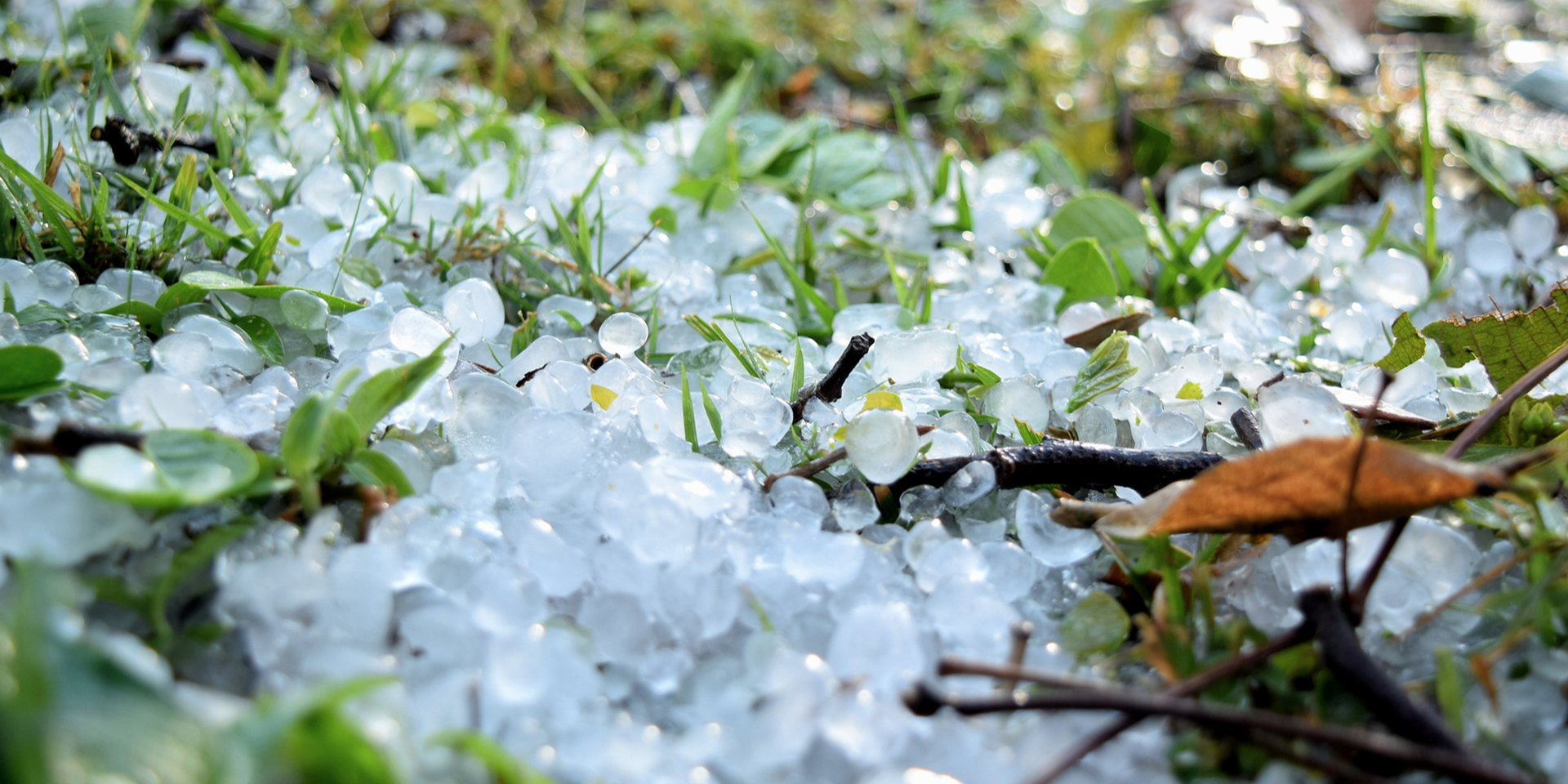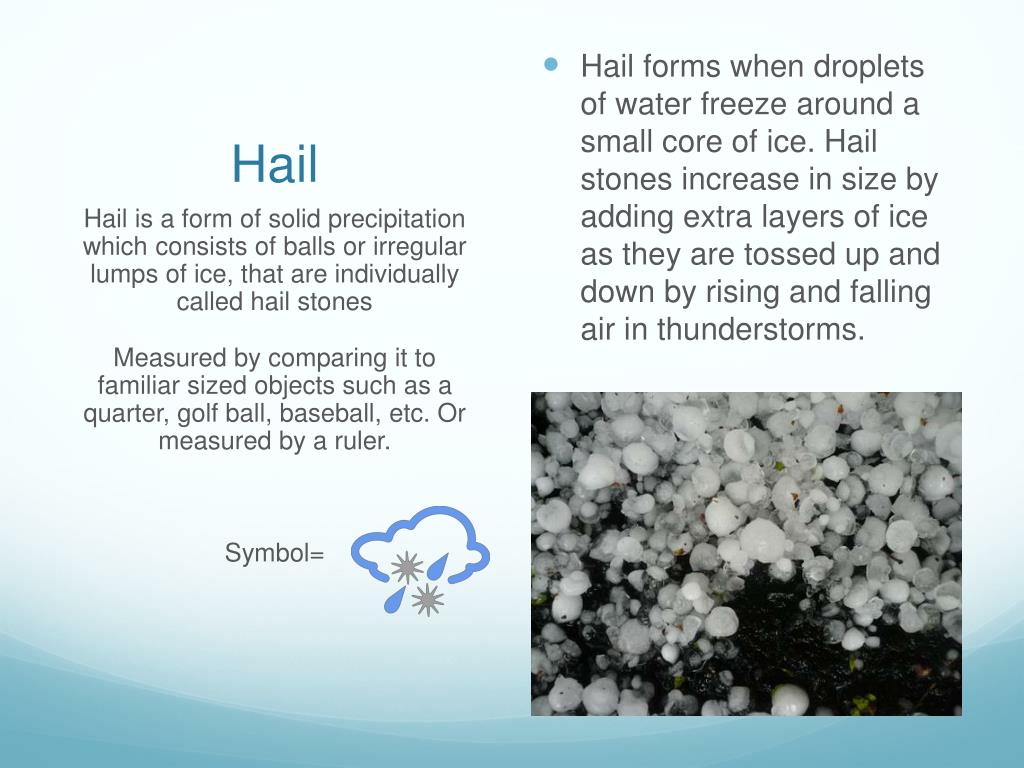Table of Contents
- The occurrence of severe storm that produce large hails in Bukit Jalil ...
- Precipitation Cascade rain hail snow condensation photographs ...
- The meaning and symbolism of the word - «Hail»
- PPT - Precipitation PowerPoint Presentation, free download - ID:2778625
- Burgundy Once Again Devastated by Hail - PUNCH
- What the hail! Freak storm stuns Samoa
- 11 Types Of Precipitation: From Rain To Virga
- Precipitation rain hail snow mist fog dew condensation photographs ...
- Hail - Met Office
- 66 Square Feet (Plus): Hail



Formation of Hail



Types of Hail



Impact of Hail
Hail can have significant impacts on the environment and human societies. Hailstorms can cause: Crop damage: Hail can damage or destroy crops, leading to significant economic losses for farmers. Property damage: Hail can damage buildings, vehicles, and other infrastructure, resulting in costly repairs. Disruption of transportation: Hailstorms can make roads and highways impassable, disrupting transportation and commerce.